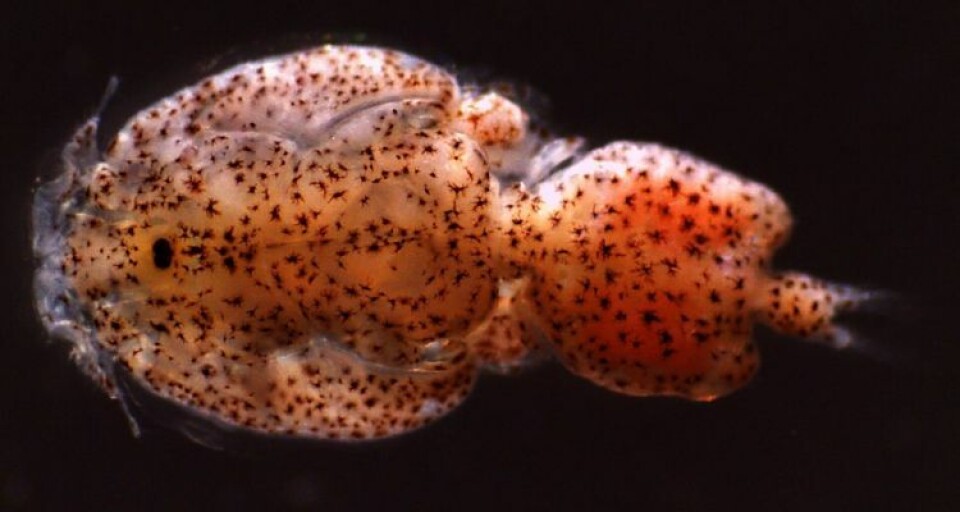
Longer is better for azamethiphos treatment, say Chilean researchers
Researchers from Chile’s Technological Institute of Salmon (Intesal) and the University of Minnesota have concluded that prolonging the duration of bath treatments with anti-lice medicine azamethiphos increases its effectiveness in the field.
The medicine is just one of several drugs authorised for use in Scotland, where it is sold under the brand names Salmosan and Azasure.
But a lack of efficacy of some other medicinal treatments on the Chilean salmon louse, Caligus rogercresseyi, means azamethiphos is the most-used medicine in the South American country – and that has raised some concerns regarding the risk of C. rogercresseyi developing resistance.
Some epidemiological studies also suggest that the proportion of the resistant genotype would be spatially and temporally correlated with the frequency of treatments.
Duration of treatment
Researchers from Intesal and the University of Minnesota conducted a retrospective field study to evaluate the efficacy of azamethiphos treatments in Atlantic salmon farms, with emphasis on the duration of treatment.
They evaluated the effectiveness of treatments with azamethiphos at different times (30 min,> 30 min and <50 min, ≥ 50 min), carried out between January 2014 and March 2017 in 1,517 farms located in the Los Lagos and Aysén region.
The authors explain that the prolongation of the treatment significantly reduces the adult counts after treatment. For example, with the standard treatment (> 30 min and <50 min) there is a reduction in the abundance of caligus of 7%, which increases to 24% if a protocol of ≥ 50 min is used.
‘Important implications’
They also discovered that other factors, such as the average weight and number of fish, can be decisive for therapeutic success, and that ultimately longer bath treatments led to fewer treatments in a production cycle.
“The results of this study have important implications for the management of caligus infestations in salmon farming in Chile due to the current dependence of azamethiphos for an adequate control of caligus. Prolonging azamethiphos bath treatments can be a powerful tool in situations where the risk of treatment failure is higher than expected,” the researchers concluded.
Read the abstract of the paper entitled “Prolonging Azamethiphos bath increases the effectiveness of field treatments against Caligus rogercresseyi in Atlantic salmon in Chile (Salmo salar)” here.























































